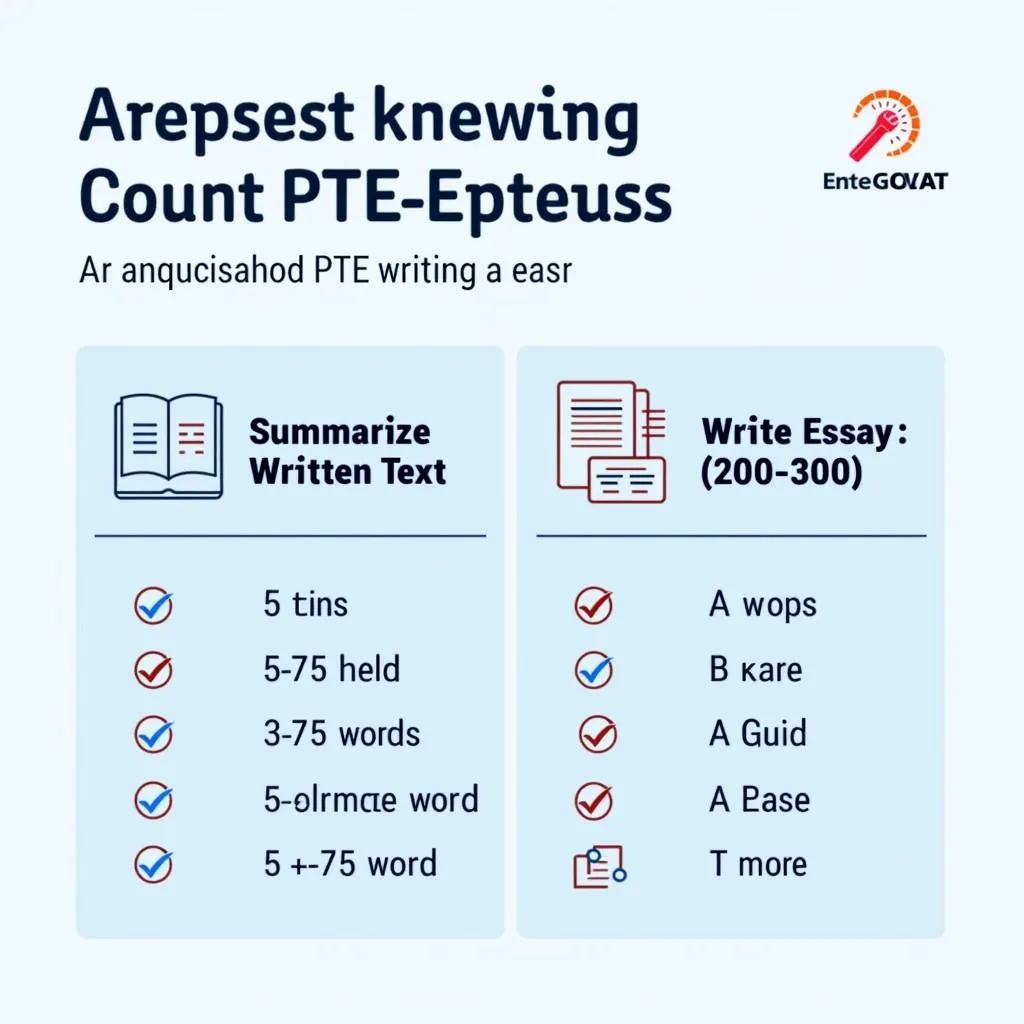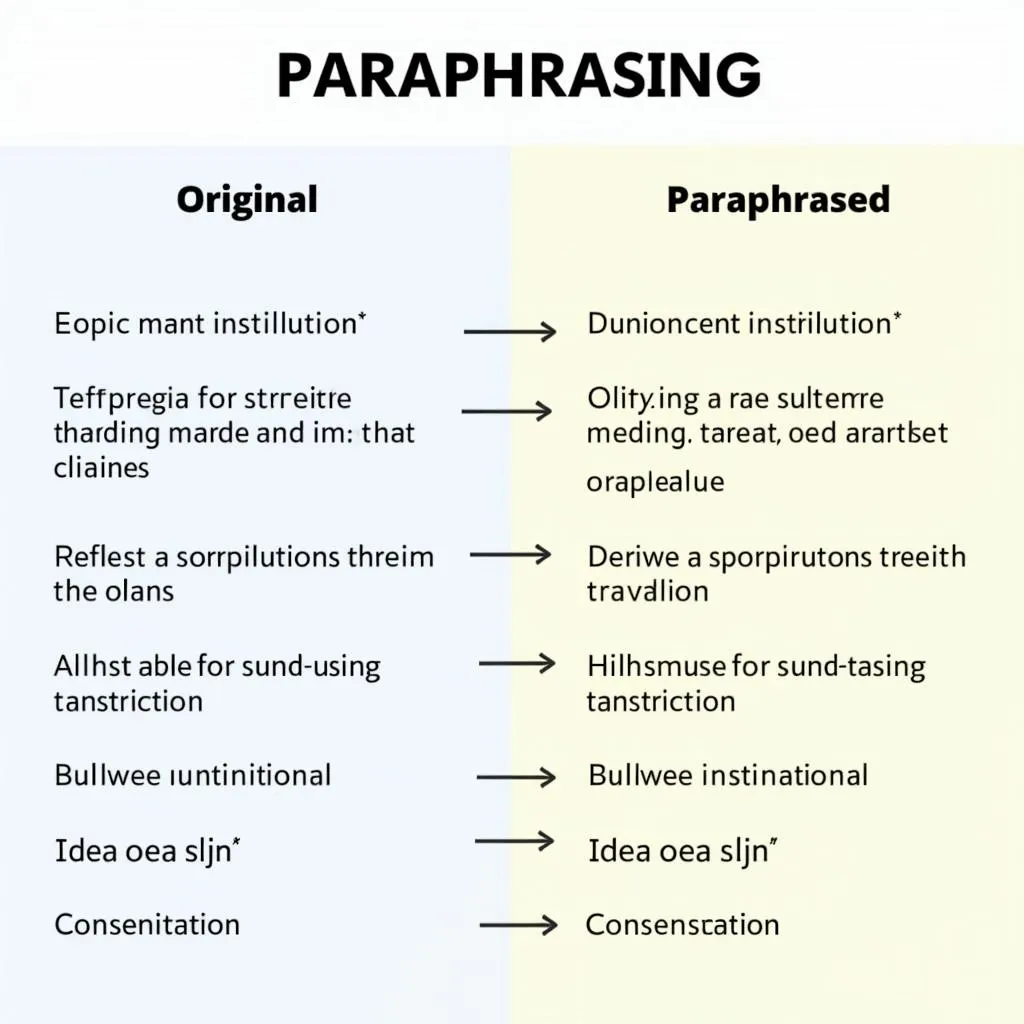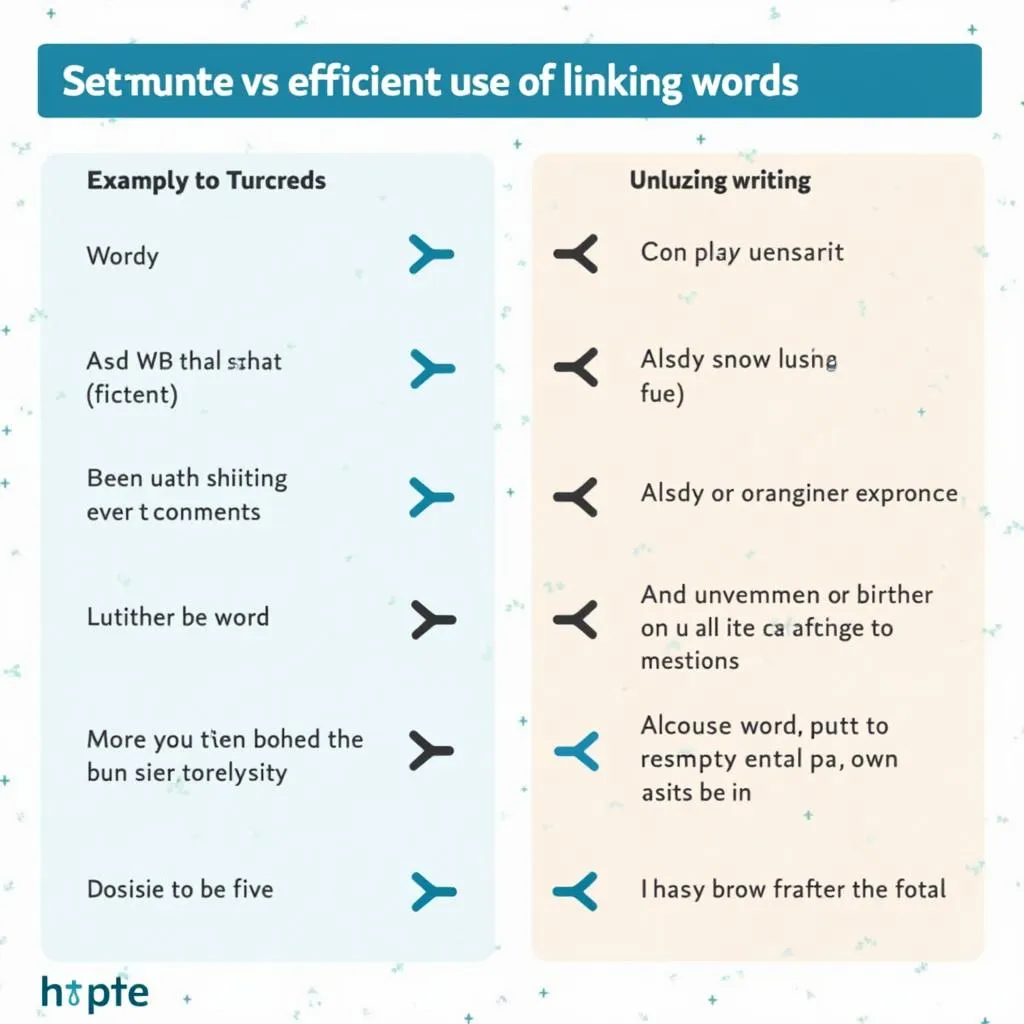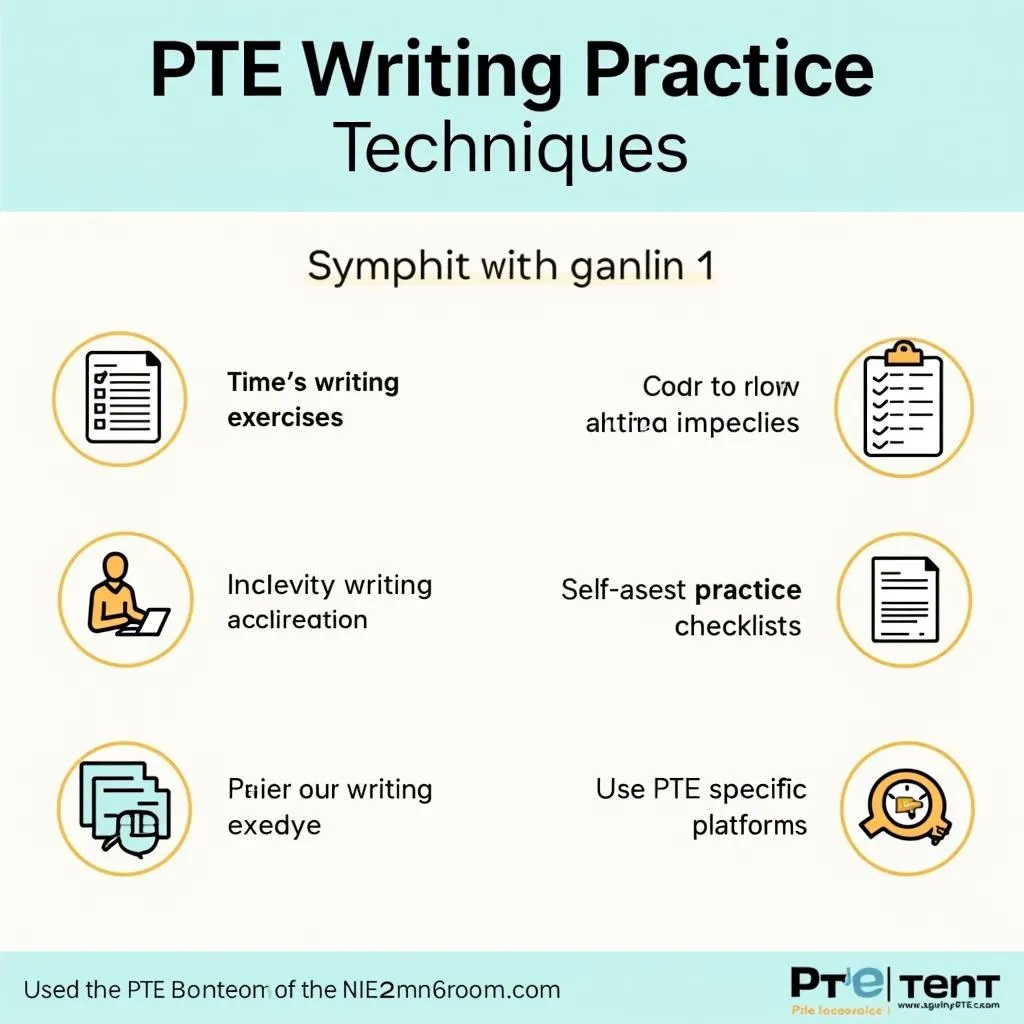The PTE writing section can be challenging, especially when it comes to managing word count. In this comprehensive guide, we’ll explore effective strategies to help you meet the word count requirements while maintaining high-quality content in your PTE writing tasks.
Understanding PTE Writing Section Word Count Requirements
Before diving into the tips, it’s crucial to understand the word count expectations for different PTE writing tasks:
- Summarize Written Text: 5-75 words
- Write Essay: 200-300 words
Meeting these requirements is essential for scoring well, as falling short or exceeding the limits can result in point deductions.
 PTE Writing Section Word Count Requirements
PTE Writing Section Word Count Requirements
Strategies for Managing Word Count in PTE Writing
1. Plan Your Response
One of the most effective ways to manage word count is to plan your response before you start writing. This approach helps you organize your thoughts and ensure you cover all necessary points without overwriting.
Dr. Emma Thompson, a renowned PTE expert, suggests:
“Spend the first 2-3 minutes creating a quick outline. This will serve as your roadmap, helping you stay focused and concise throughout your response.”
2. Use Concise Language
In PTE writing tasks, every word counts. Learn to express your ideas clearly and concisely:
- Avoid redundant phrases
- Use active voice instead of passive
- Choose precise vocabulary
3. Eliminate Unnecessary Words
Review your writing and cut out any words that don’t add value to your response. Common culprits include:
- Filler words (e.g., “very,” “really,” “basically”)
- Repetitive ideas
- Overly complex sentences
4. Practice Paraphrasing
Paraphrasing is a valuable skill for managing word count, especially in the Summarize Written Text task. It allows you to convey the same information more concisely.
 Paraphrasing Techniques for PTE Writing
Paraphrasing Techniques for PTE Writing
5. Use Contractions Wisely
While formal writing often avoids contractions, they can be useful for reducing word count in PTE tasks. However, use them judiciously and maintain an appropriate level of formality.
6. Develop a Word Count Awareness
Train yourself to estimate word count as you write. This skill comes with practice and can help you pace yourself during the exam.
PTE coach Sarah Lee recommends:
“After each paragraph, quickly estimate your word count. This habit will help you adjust your writing pace and ensure you meet the requirements without constant checking.”
7. Prioritize Key Information
In tasks like Summarize Written Text, focus on including only the most crucial information. Identify the main ideas and supporting details, leaving out less important elements.
8. Use Linking Words Efficiently
Linking words are essential for coherence, but overusing them can inflate your word count unnecessarily. Choose your transitions wisely, ensuring each one serves a clear purpose.
 Efficient Use of Linking Words in PTE Writing
Efficient Use of Linking Words in PTE Writing
Tips for Specific PTE Writing Tasks
Summarize Written Text
- Focus on the main idea and 2-3 key supporting points
- Avoid including examples or minor details
- Use one complex sentence to connect ideas efficiently
Write Essay
- Stick to a clear structure: introduction, 2-3 body paragraphs, and conclusion
- Develop each point fully, but avoid unnecessary elaboration
- Use the last few minutes to add or trim content to meet the word count
Dr. Michael Chen, PTE writing specialist, advises:
“In essay writing, aim for quality over quantity. A well-structured 260-word essay is often more effective than a rambling 300-word piece.”
Common Word Count Pitfalls to Avoid
- Overexplaining simple concepts
- Including irrelevant information
- Using overly complex vocabulary when simpler words suffice
- Writing long introductions or conclusions
Practicing Word Count Management
To improve your word count management skills:
- Set time limits for practice sessions
- Use online word counters to check your progress
- Analyze high-scoring PTE responses to understand effective word usage
- Seek feedback from tutors or study groups on your writing efficiency
Remember, mastering word count in PTE writing is a skill that improves with consistent practice. By implementing these strategies and tips, you’ll be better equipped to meet the requirements while maintaining the quality of your responses.
 PTE Writing Practice Techniques
PTE Writing Practice Techniques
For more in-depth strategies on excelling in the PTE writing section, check out our guide on best strategies for PTE writing section.
Conclusion
Mastering PTE writing section word count is a critical skill for achieving your desired score. By implementing these tips and strategies, you’ll be able to craft concise, effective responses that meet the requirements while showcasing your English proficiency. Remember, practice and self-awareness are key to improving your performance in the PTE writing section.
FAQs
-
Q: How strict is the PTE word count requirement?
A: The PTE word count requirement is strictly enforced. Falling outside the specified range can result in significant point deductions. -
Q: Can I use abbreviations to reduce word count in PTE writing tasks?
A: While abbreviations can help reduce word count, use them sparingly and only if they’re widely recognized in formal writing. -
Q: How can I check my word count during the PTE exam?
A: The PTE exam interface provides a word counter for writing tasks, allowing you to monitor your progress in real-time. -
Q: Is it better to be slightly under or over the word count limit?
A: It’s generally better to be slightly under the upper limit than to exceed it. Aim for the middle of the range when possible. -
Q: How can I improve my typing speed to manage time and word count better?
A: Regular typing practice, touch-typing exercises, and familiarity with the PTE keyboard layout can help improve your speed and efficiency.